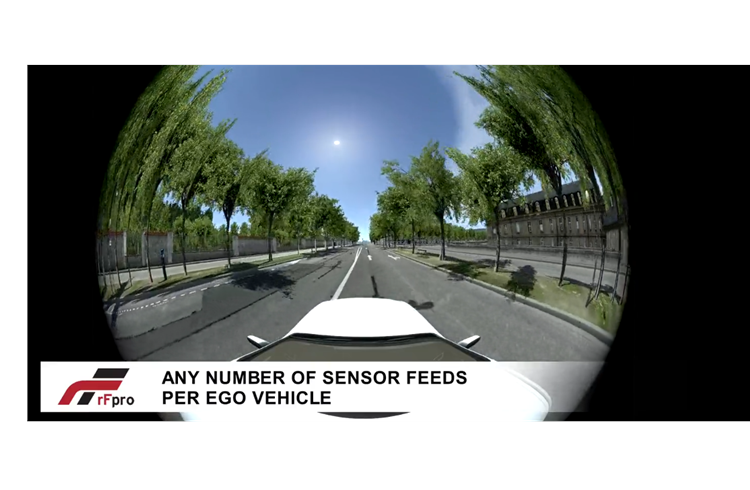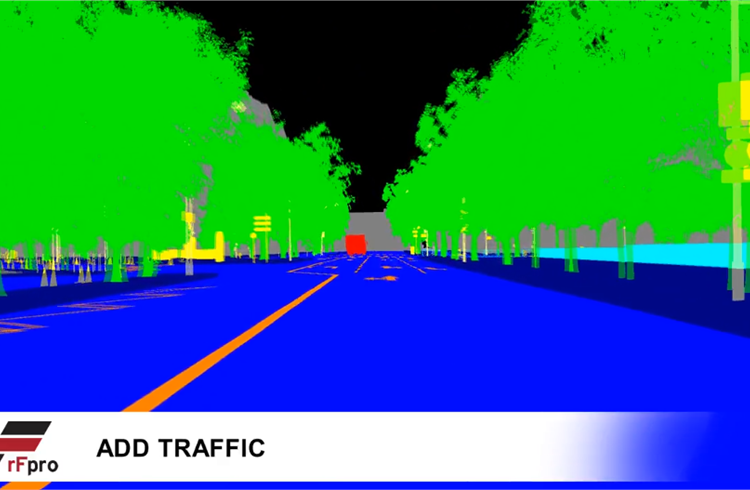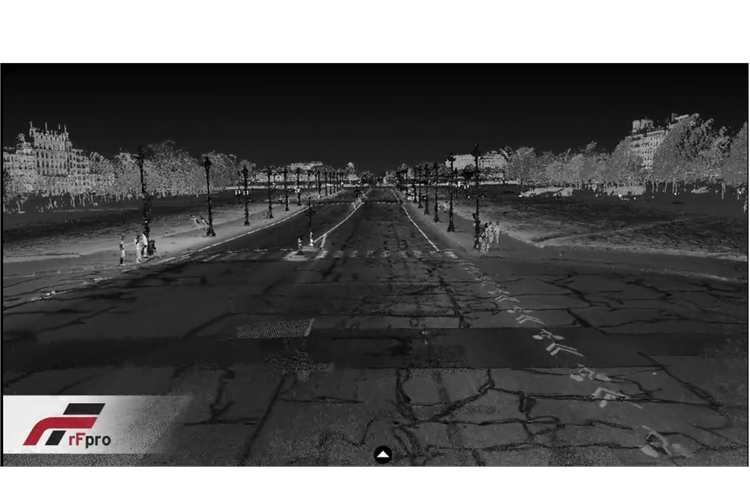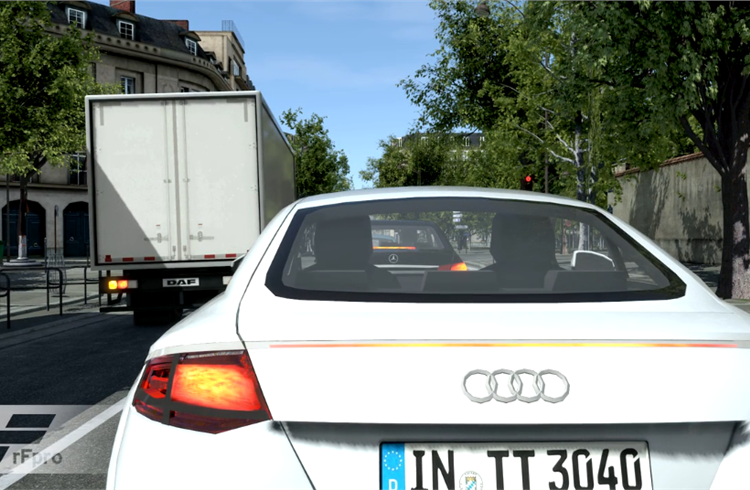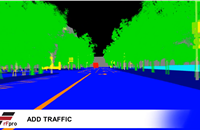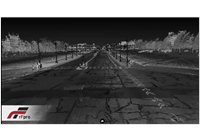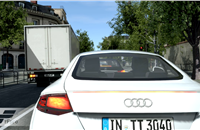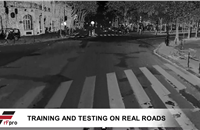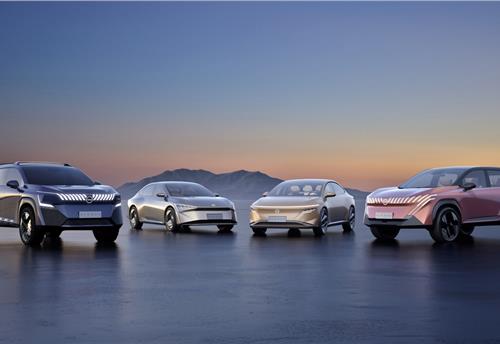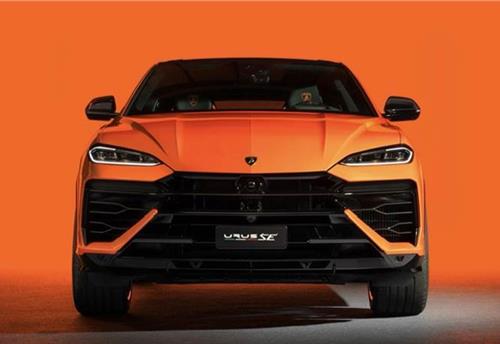rFpro acquires market-leading graphics engine to accelerate innovation in driving simulation
rFpro will leverage experience and technology that Image Space Inc has been developing in the field of simulation realism for over 25 years, specifically the ISIMotor including the gMotor graphics engine.
rFpro, the specialist software company that has developed driver-in-the-loop simulators for vehicle dynamics applications, is further accelerating its lead in vehicle simulation by joining forces with and acquiring key assets and expertise from Image Space Incorporated (ISI).
rFpro will be leveraging the experience and technology that ISI has been developing in the field of simulation realism for more than 25 years, specifically the ISIMotor including the gMotor graphics engine.
Originally created for the gaming industry, ISIMotor is a gaming engine for racing simulations. rFpro has used the technology to provide engineering grade vehicle simulation software used to develop and test vehicle dynamics, and more recently, autonomous vehicle systems.
According to Gjon Camaj, an owner of Image Space and now a VP at rFpro Inc, “Over the last 10 years, we've dedicated our team to producing realistic and verifiable, rather than cinematic, simulation. That focus really paid off with the emergence of the Autonomous Driving simulation market. Our overall simulation architecture and graphics engine delivers, out of the box, the tools and techniques that are required for Deep Learning based perception systems driven by camera, LiDAR and radar feeds."
rFpro has been licensing ISI’s technology for over a decade, integrating with the simulation systems that it supplies to many of the world’s leading vehicle manufacturers. The company has doubled in size over the last two years, due to the increasing demand for driving simulation among OEMs, Tier 1s and, more recently, Autonomous AI start-ups.
"Vehicle manufacturers and their suppliers are increasing their investment in the development of ADAS and autonomous systems," explains rFpro's Technical Director Chris Hoyle. "That places the emphasis on the development and validation of deep learning systems for both perception, using cameras, radar and LiDAR to detect the environment, and prediction, to plan a path through the road ahead, allowing for traffic, pedestrians, road signals and hazards."
rFpro's solution for ADAS and autonomous testing starts with the generation of training data sets for deep neural network models. A simulated test scenario can be conducted unattended across clusters of PCs, where test parameters, such as the time of day, weather and lighting conditions, can be varied almost infinitely to fully validate the system. The same virtual environment can also be implemented in real-time, allowing human drivers to join the simulation. This provides a world where multiple autonomous ego vehicles, each with multiple sensor feeds, can interact with other human drivers in simulators and programmed traffic and pedestrians.
"The combination of technologies from rFpro and ISI is so much greater than the sum of the two parts as it allows us to substantially accelerate our R&D,” continues Hoyle. “rFpro has one core focus: driving simulation, and, by investing in our R&D capability, we hope to keep ahead of the curve on the demand for new capabilities from our customers in Deep Learning Autonomous Driving, ADAS and Vehicle Dynamics. The deal also secures our access to key technology, essential to producing realistic simulation for perception systems.
rFpro also offers a vast library of 3D digital road models, built accurately from LiDAR surveys, spanning Europe, North America and Asia. Using real-world models overcomes the problems associated with pure synthetic data and accelerates the development of perception systems. The models allow the rapid creation of realistic simulations of complex corner cases and help to achieve good correlation with real-car testing.
As the level of realism advances, it will not only accelerate autonomous vehicle development but it will also improve the accuracy of more traditional vehicle dynamics simulation. The driver will be more immersed in the virtual environment, making their reactions more representative of real world driving, a key requirement for Driver-In-The-Loop simulation.
A video explaining how the technology is used can be seen below:
RELATED ARTICLES
Kia displays EV5 and Sonet SUVs for Chinese market
Kia has unveiled a number of key models and new technologies for Chinese customers at the 2024 Beijing International Aut...
Nissan targets growth in China, unveils four NEV concepts at Beijing Motor Show
The two EVs and two plug-in hybrids are a joint effort with Nissan’s local partner Dong Feng and aimed to better address...
Lamborghini unveils Urus SE ahead of Auto China 2024
Electric-only range of 60km helps reduce emissions by 80%.





 By Autocar Pro News Desk
By Autocar Pro News Desk
 13 Nov 2017
13 Nov 2017
 8784 Views
8784 Views



